Home>Furniture & Design>Interior Design Trends>When A Cork Is Added To A Glass Of Water
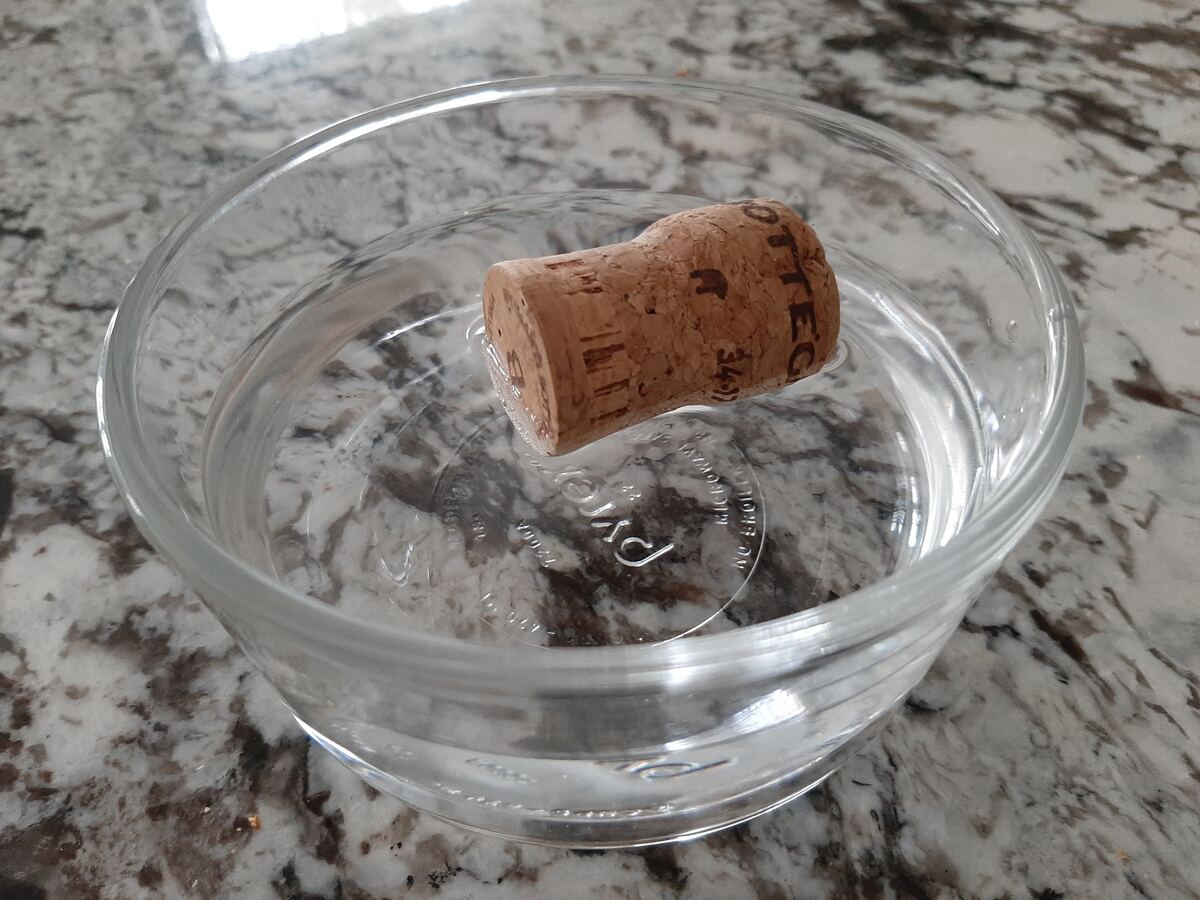

Interior Design Trends
When A Cork Is Added To A Glass Of Water
Modified: February 18, 2024
Discover the latest interior design trends and how they can transform your space. Learn how to incorporate cork elements for a modern and stylish touch.
(Many of the links in this article redirect to a specific reviewed product. Your purchase of these products through affiliate links helps to generate commission for Storables.com, at no extra cost. Learn more)
Introduction
Have you ever wondered what happens when a cork is added to a glass of water? It may seem like a simple and mundane act, but the interaction between the cork and the water holds a fascinating scientific explanation. This seemingly ordinary experiment can unveil intriguing insights into the behavior of liquids and solids, offering a glimpse into the captivating world of physics and chemistry.
When a cork is placed in a glass of water, it initiates a subtle yet captivating interplay between the two elements. The buoyant nature of the cork and the cohesive properties of water set the stage for an intriguing display of scientific principles. As the cork floats effortlessly on the water's surface, it invites us to delve deeper into the underlying science that governs this seemingly effortless feat.
The interaction between the cork and the water serves as a captivating entry point into the exploration of buoyancy, surface tension, and the behavior of objects in fluids. By observing this simple yet mesmerizing phenomenon, we can gain a deeper understanding of the fundamental forces that shape our physical world. This experiment offers a gateway to unraveling the mysteries of density, displacement, and the delicate balance between gravitational forces and upward thrust.
As we embark on this journey of scientific discovery, we will unravel the intricate mechanisms that govern the behavior of objects in water, shedding light on the profound principles that underpin our everyday experiences. Through this exploration, we will uncover the captivating interplay between the cork and the water, transcending the realm of ordinary observation to embrace the wonders of scientific inquiry.
Join me as we embark on a captivating exploration of the science behind the cork in a glass of water, delving into the captivating realm of physics and chemistry that unfolds before our eyes. Let's unravel the mysteries, embrace the wonders, and embark on a journey of scientific discovery that transcends the boundaries of the ordinary.
Key Takeaways:
- Discover the magic of buoyancy and surface tension by observing a cork floating in water. It’s a captivating window into the world of physics and chemistry!
- Adding a cork to water isn’t just a simple experiment – it has real-world applications in education, industry, environment, and art. It’s a gateway to endless possibilities!
Read more: Why Is Chlorine Added To Swimming Pool Water
The Science Behind the Cork
When a cork is added to a glass of water, a captivating interplay of scientific principles comes into play, offering a glimpse into the intricate world of physics and chemistry. At the heart of this phenomenon lies the concept of buoyancy, a fundamental principle that governs the behavior of objects in fluids.
Buoyancy, as described by Archimedes' principle, is the upward force exerted by a fluid on an object immersed in it. This force is equal to the weight of the fluid displaced by the object. When the cork is placed in the water, it displaces an amount of water equal to its own weight, leading to an upward force that surpasses the downward gravitational pull, causing the cork to float effortlessly on the water's surface.
The buoyant force acting on the cork is a result of the disparity in densities between the cork and the water. The cork, being less dense than water, experiences an upward force that enables it to remain afloat. This phenomenon exemplifies the delicate balance between gravitational forces and the upward thrust exerted by the displaced water, showcasing the profound implications of buoyancy in our physical world.
Furthermore, the interaction between the cork and the water unveils the concept of surface tension, a property that arises from the cohesive forces between water molecules. This cohesive force creates a "skin" on the water's surface, allowing the cork to float without breaking the surface tension. The cohesive nature of water molecules enables the formation of this thin film, supporting the weight of the cork and preventing it from sinking.
The scientific exploration of the cork in a glass of water provides a captivating window into the intricate forces that govern the behavior of objects in fluids. By unraveling the principles of buoyancy and surface tension, we gain a deeper appreciation for the subtle yet profound mechanisms that shape our physical world. This simple yet mesmerizing experiment serves as a testament to the captivating interplay of scientific principles that unfold before our eyes, inviting us to delve deeper into the wonders of the natural world.
Effects on the Water
The addition of a cork to a glass of water initiates a series of intriguing effects on the water itself. As the cork floats effortlessly on the water's surface, it induces subtle yet captivating transformations in the surrounding liquid. These effects offer a compelling glimpse into the interplay between the cork and the water, unveiling the profound implications of this seemingly simple interaction.
One notable effect is the displacement of water by the cork. As the cork is placed in the water, it displaces an amount of water equal to its own weight, leading to a noticeable rise in the water level. This displacement illustrates the fundamental principle of buoyancy, as the upward force exerted by the displaced water surpasses the downward gravitational pull, allowing the cork to float. This displacement effect serves as a tangible manifestation of Archimedes' principle, offering a visual representation of the intricate relationship between the cork and the water.
Furthermore, the presence of the cork on the water's surface influences the cohesion and surface tension of the liquid. The cohesive forces between water molecules create a thin film on the water's surface, supporting the weight of the floating cork. This phenomenon showcases the remarkable resilience of surface tension, as the water molecules form an invisible "skin" that enables the cork to float without breaking the surface. The effects of the cork on the water's surface tension serve as a captivating demonstration of the delicate balance between cohesive forces and the buoyant force exerted by the displaced water.
Moreover, the addition of the cork introduces intriguing visual distortions in the water, as the surface ripples and undulates around the floating object. These mesmerizing ripples offer a captivating display of the dynamic interplay between the cork and the water, showcasing the fluidity and adaptability of the liquid in response to the presence of an external object. The visual effects induced by the cork serve as a testament to the captivating transformations that unfold within the water, inviting us to witness the mesmerizing dance of liquid dynamics.
In essence, the addition of a cork to a glass of water elicits a series of captivating effects on the liquid, ranging from displacement and surface tension to mesmerizing visual distortions. This interaction serves as a compelling testament to the profound influence of the cork on the water, offering a captivating glimpse into the intricate dynamics that unfold within the liquid. Through this exploration, we gain a deeper appreciation for the captivating effects induced by the simple act of adding a cork to a glass of water, transcending the ordinary to embrace the wonders of scientific inquiry.
When a cork is added to a glass of water, it will float because cork is less dense than water. This is due to the air trapped within the cork’s cellular structure.
Potential Applications
The captivating interaction between a cork and a glass of water extends beyond its scientific allure, offering potential applications that resonate across various fields. While this seemingly simple experiment unfolds within the confines of a laboratory or a curious mind, its implications reverberate into realms that transcend the boundaries of scientific exploration. The buoyant nature of the cork and its interplay with the water hold promise for diverse applications, ranging from educational demonstrations to industrial innovations.
In the realm of education, the experiment involving a cork in water serves as a captivating tool for elucidating fundamental scientific principles. By showcasing the concepts of buoyancy, displacement, and surface tension, this experiment becomes a valuable resource for educators seeking to engage students in the wonders of physics and chemistry. The visual and tactile nature of the cork's interaction with water offers a compelling avenue for hands-on learning, fostering a deeper understanding of scientific concepts through direct observation and experimentation.
Furthermore, the principles elucidated by the cork in water experiment find resonance in industrial and engineering applications. The understanding of buoyancy and displacement holds relevance in fields such as shipbuilding, buoy design, and fluid dynamics. Engineers and designers leverage these principles to optimize the buoyancy and stability of vessels, develop efficient watercraft, and enhance the performance of marine structures. The insights gleaned from the simple yet profound interaction between the cork and water serve as foundational knowledge that underpins complex engineering endeavors, shaping the advancement of maritime technology and infrastructure.
Beyond the realms of education and industry, the experiment's implications extend into environmental and ecological domains. The understanding of buoyancy and displacement plays a pivotal role in environmental conservation efforts, particularly in the context of water displacement and fluid dynamics within natural ecosystems. By extrapolating the principles observed in the cork in water experiment, researchers and environmentalists gain valuable insights into the behavior of objects in water, informing strategies for mitigating water pollution, preserving aquatic habitats, and safeguarding the delicate balance of marine ecosystems.
Moreover, the experiment's applications resonate in the realm of artistic expression and creative innovation. The captivating interplay between the cork and water serves as a muse for artists and designers, inspiring the creation of visually stunning installations and interactive artworks that celebrate the beauty of fluid dynamics. The mesmerizing dance of the cork on the water's surface becomes a source of inspiration for creative endeavors that seek to capture the enchanting harmony between solid and liquid elements, transcending the boundaries of scientific inquiry to evoke emotive and aesthetic experiences.
In essence, the experiment involving a cork in water transcends its role as a scientific demonstration, offering a tapestry of potential applications that span educational, industrial, environmental, and artistic domains. The profound principles elucidated by this seemingly simple interaction resonate across diverse fields, shaping the landscape of knowledge, innovation, and creative expression. As we unravel the captivating implications of the cork in water experiment, we embark on a journey that extends far beyond the confines of the laboratory, embracing the boundless potential that emerges from the interplay of scientific exploration and real-world applications.
Conclusion
The captivating interplay between a cork and a glass of water transcends the realm of ordinary observation, offering a profound exploration of scientific principles that shape our physical world. As we conclude this captivating journey, we are reminded of the intricate forces and phenomena that govern the behavior of objects in fluids. The simple act of adding a cork to water serves as a gateway to unraveling the mysteries of buoyancy, displacement, and surface tension, inviting us to embrace the wonders of scientific inquiry.
Through this exploration, we have gained a deeper understanding of the delicate balance between gravitational forces and the upward thrust exerted by displaced water, exemplifying the timeless principles elucidated by Archimedes' principle. The buoyant nature of the cork and its effortless floatation on the water's surface serve as a testament to the captivating interplay of densities and forces, offering a tangible manifestation of the profound scientific concepts that underpin our physical experiences.
Furthermore, the effects induced by the cork on the water, from displacement and surface tension to mesmerizing visual distortions, invite us to witness the dynamic transformations that unfold within the liquid. These effects serve as a captivating testament to the profound influence of the cork on the water, offering a glimpse into the intricate dynamics that shape the behavior of fluids in response to external stimuli.
As we reflect on the potential applications of this simple yet profound interaction, we recognize its resonance across diverse domains, from education and industry to environmental conservation and artistic expression. The experiment involving a cork in water transcends its role as a scientific demonstration, offering a tapestry of potential applications that span educational, industrial, environmental, and artistic domains, shaping the landscape of knowledge, innovation, and creative expression.
In essence, the exploration of the cork in water serves as a testament to the captivating interplay of scientific principles and real-world applications, transcending the boundaries of the ordinary to embrace the boundless potential that emerges from the interplay of scientific exploration and human ingenuity. As we conclude this journey, we are reminded of the enduring allure of scientific inquiry and the profound beauty that unfolds when we delve into the mysteries of the natural world.
Frequently Asked Questions about When A Cork Is Added To A Glass Of Water
Was this page helpful?
At Storables.com, we guarantee accurate and reliable information. Our content, validated by Expert Board Contributors, is crafted following stringent Editorial Policies. We're committed to providing you with well-researched, expert-backed insights for all your informational needs.
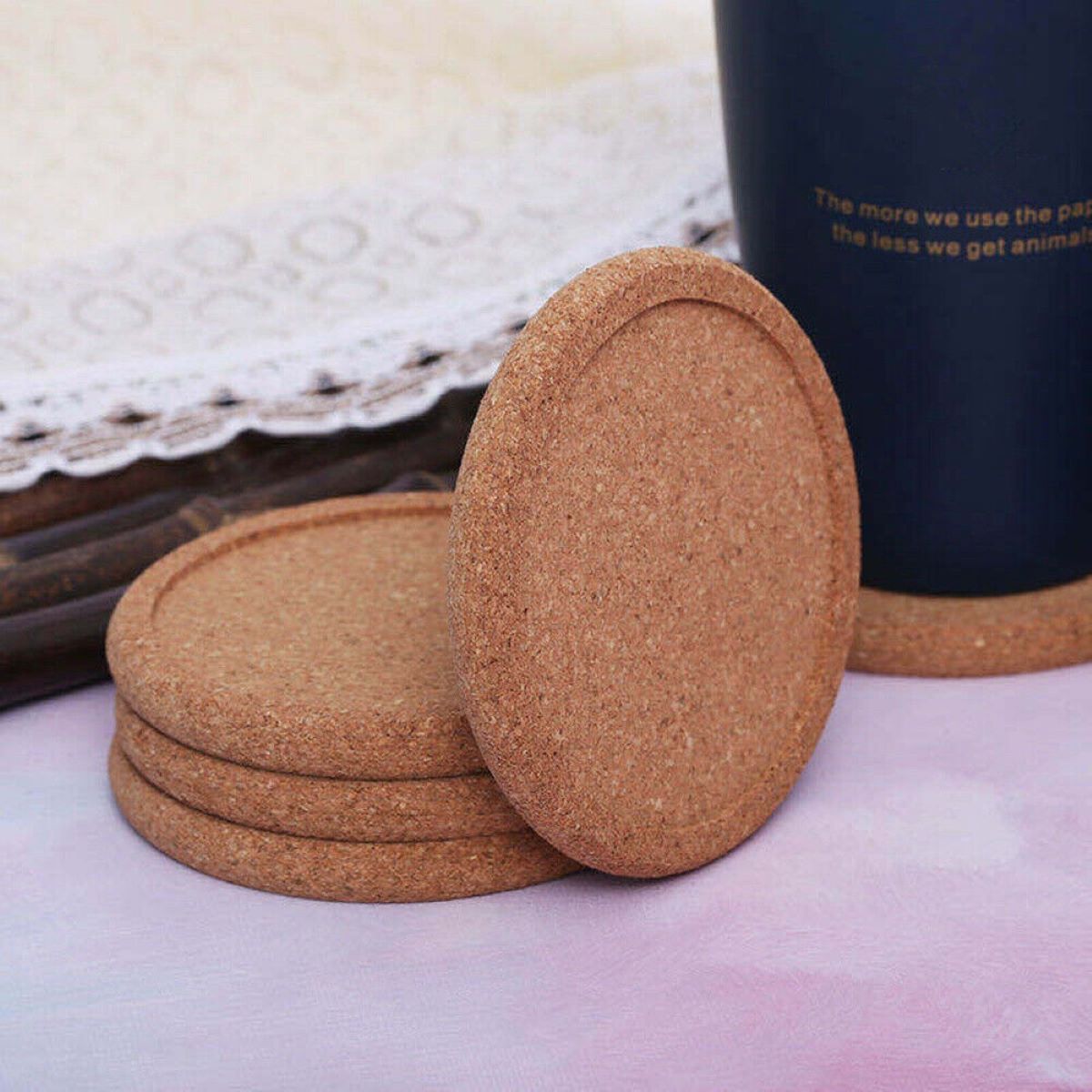
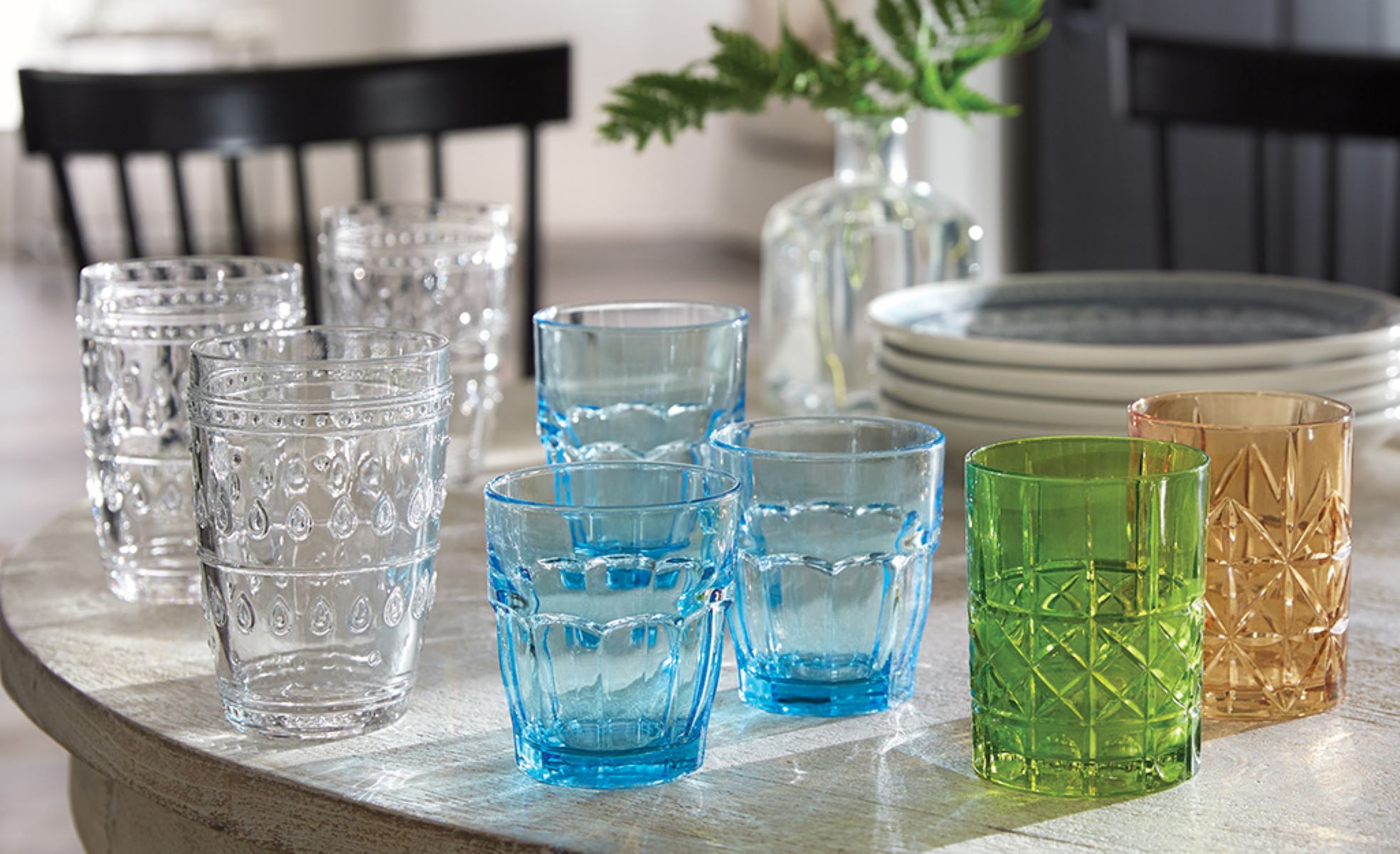
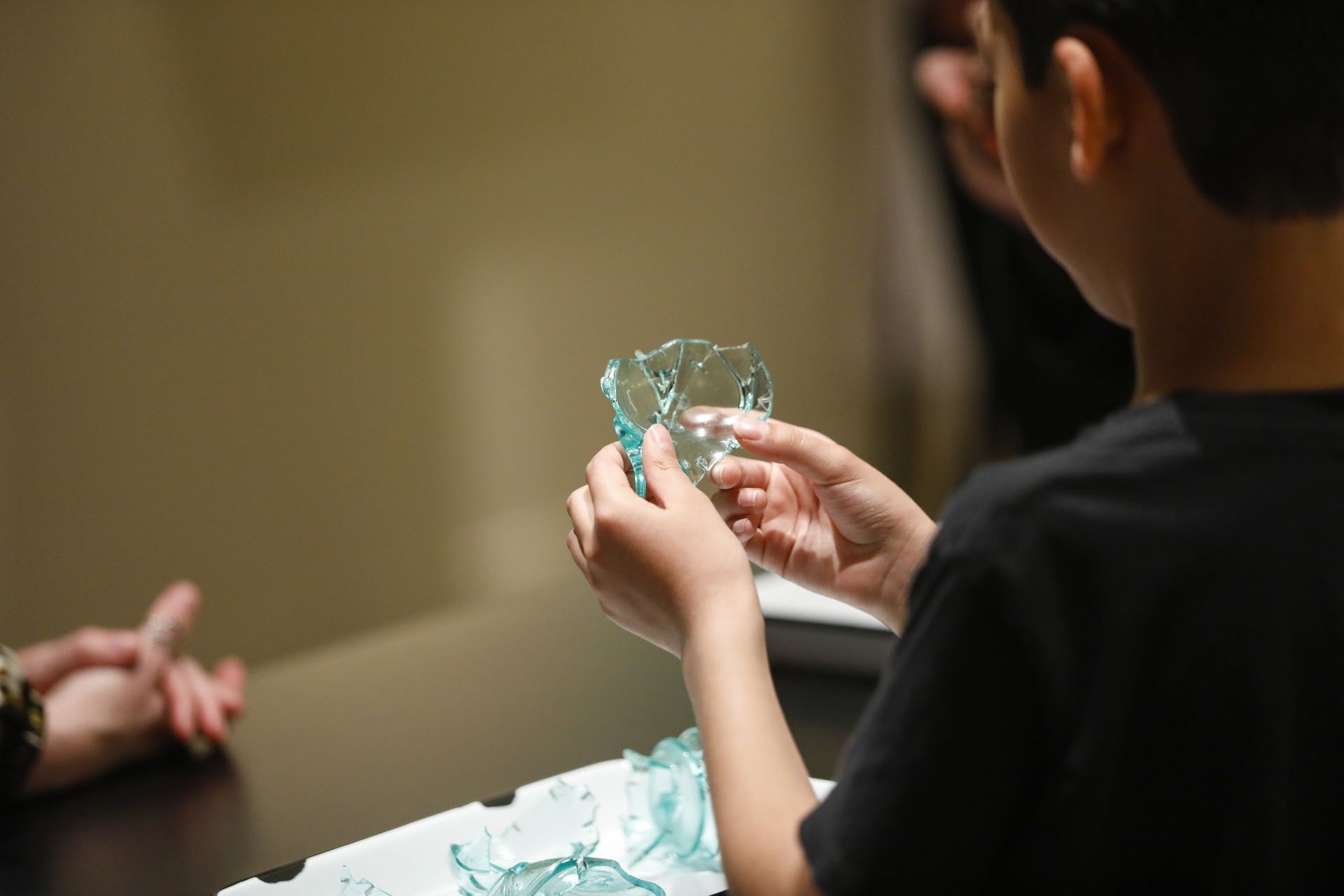
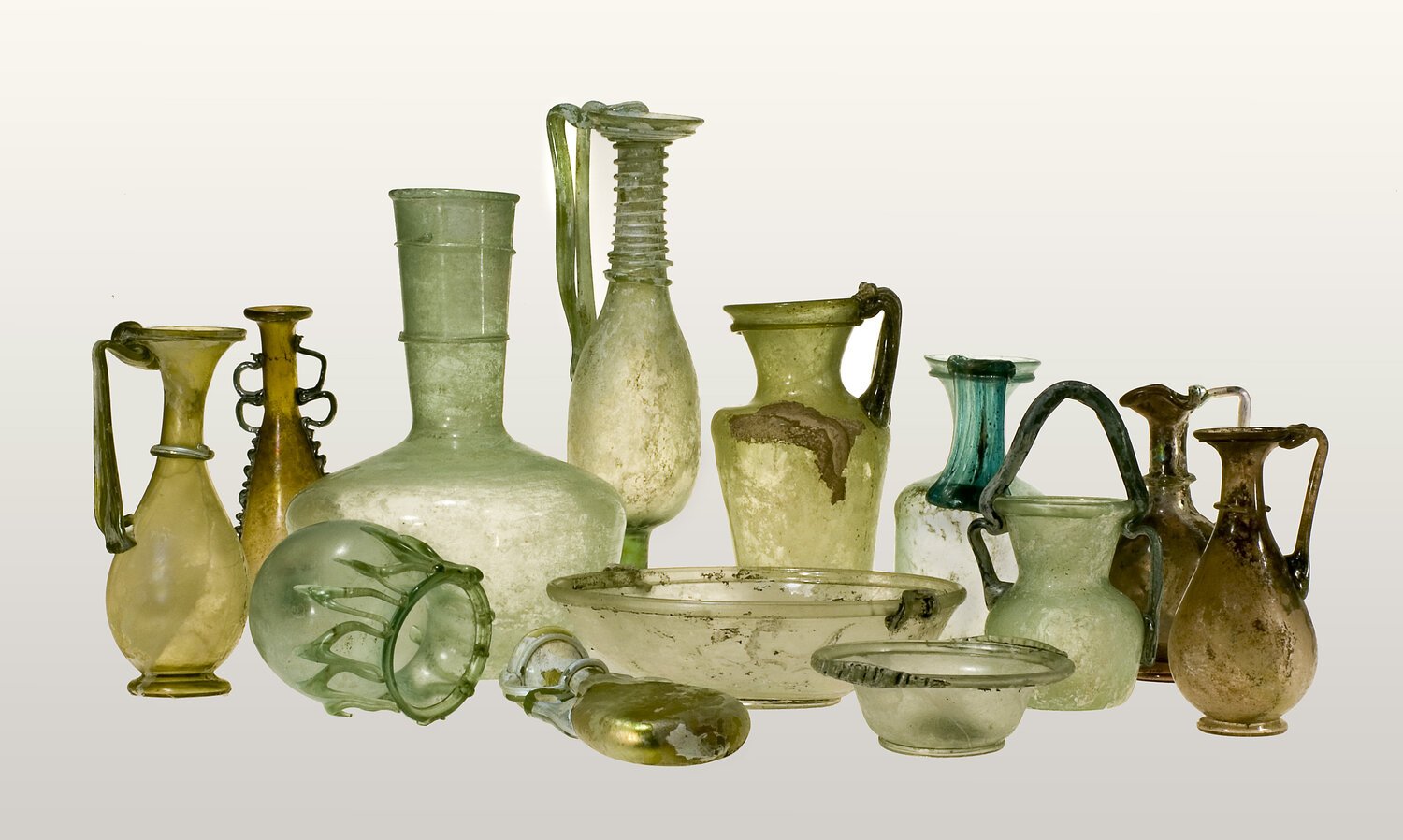
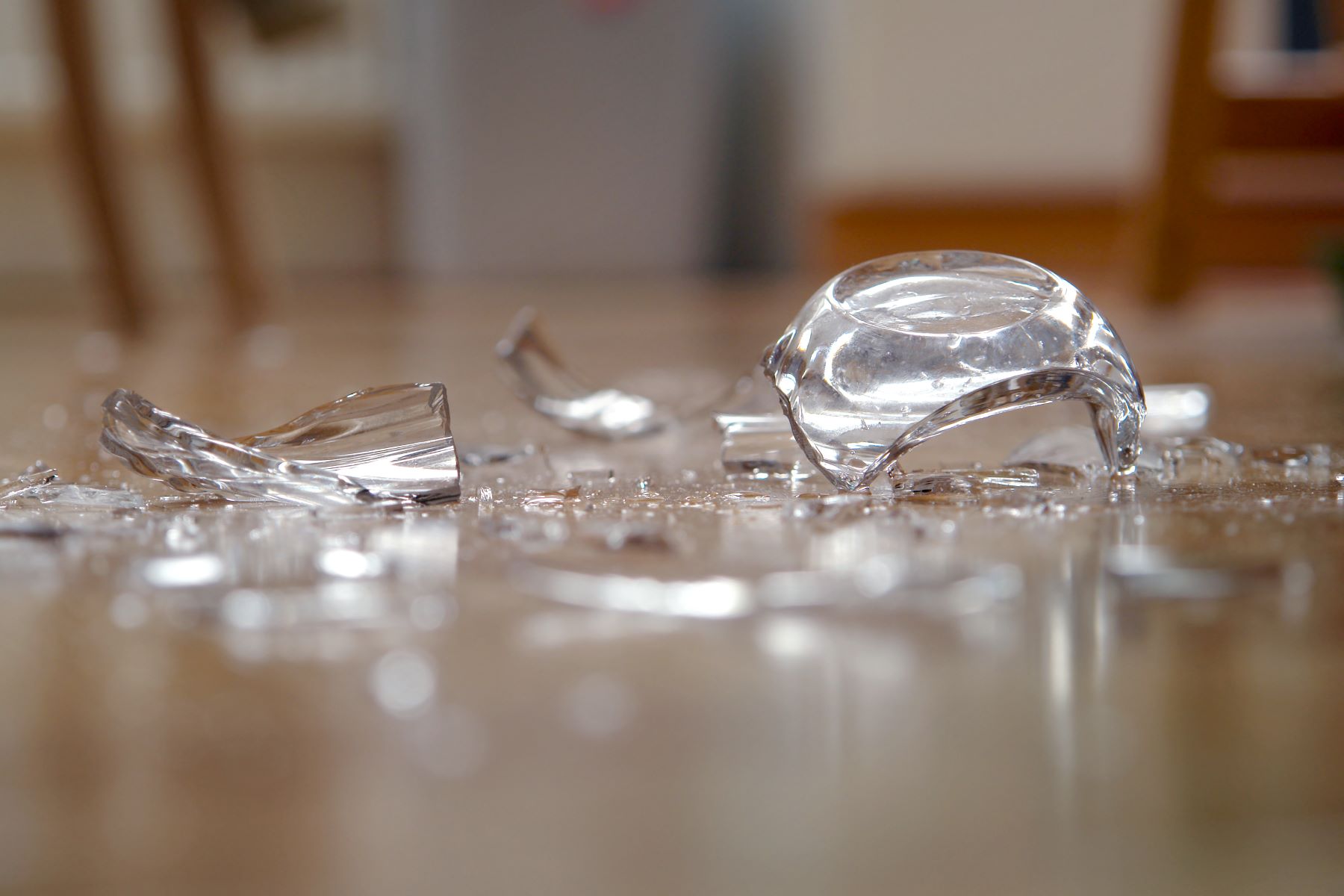

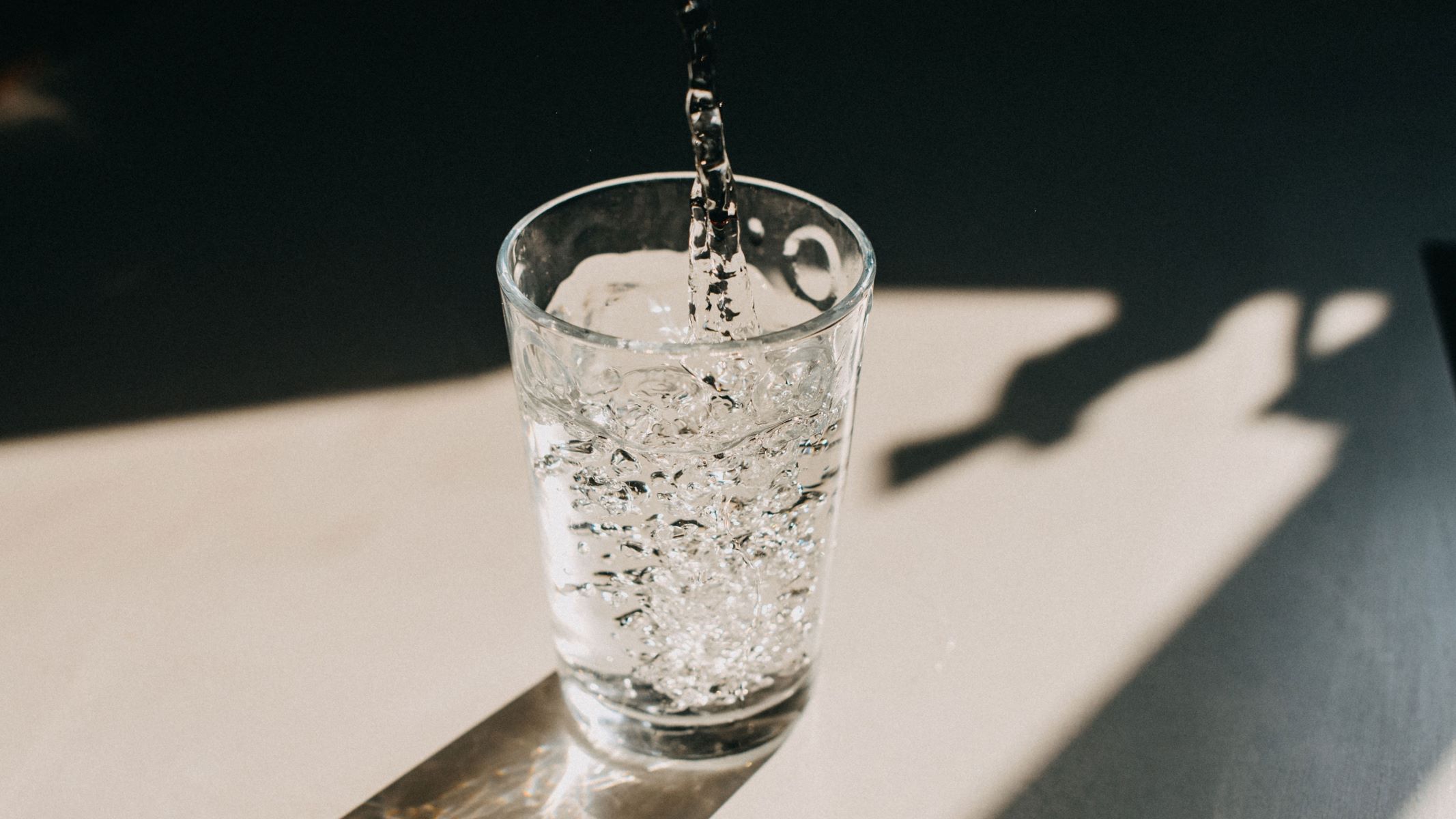

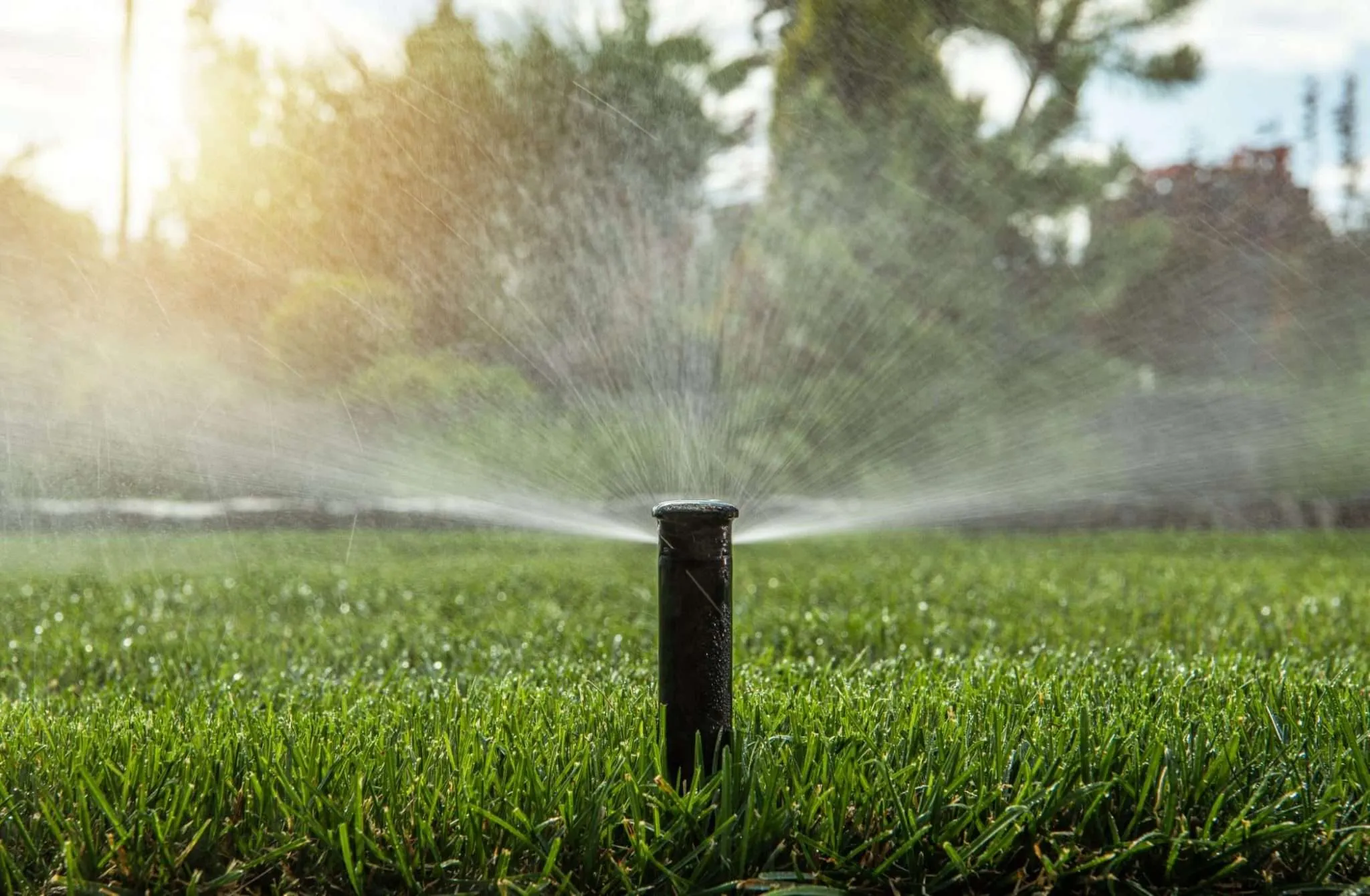
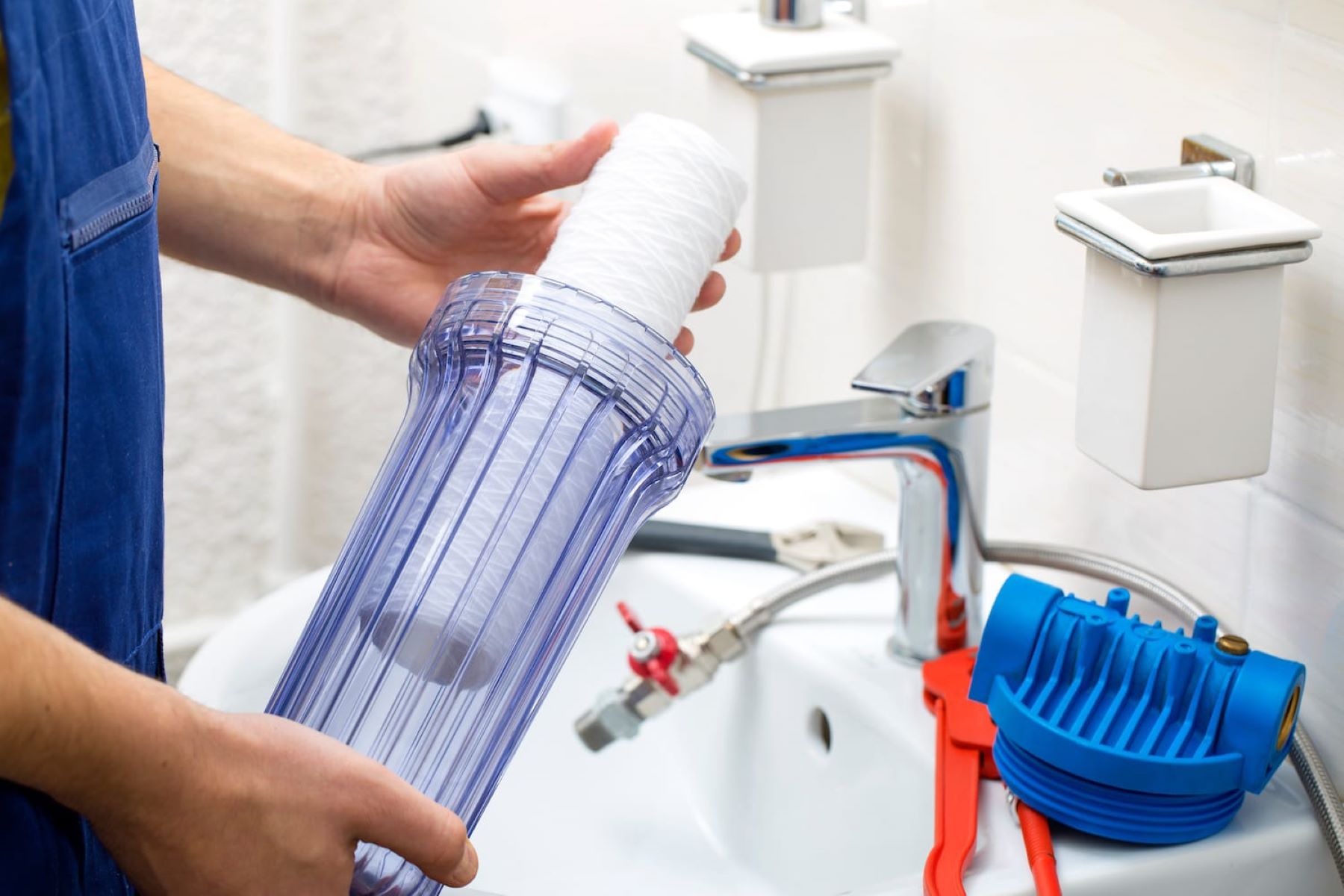


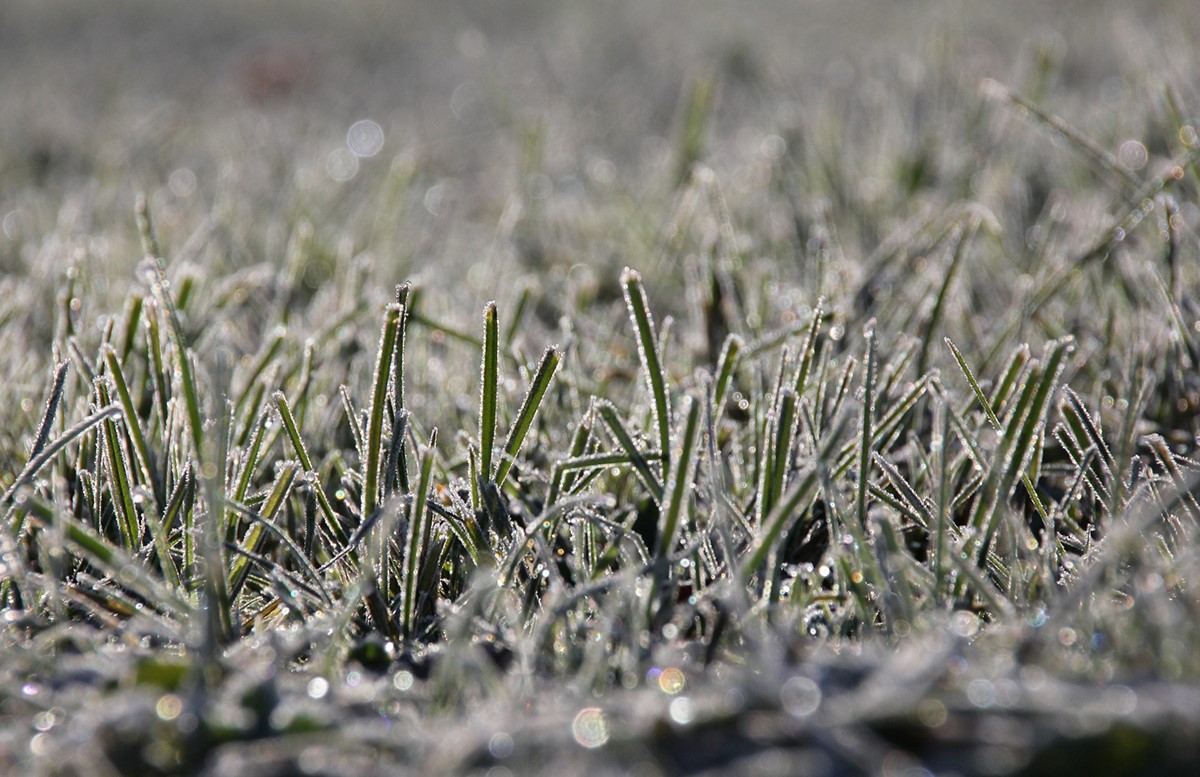
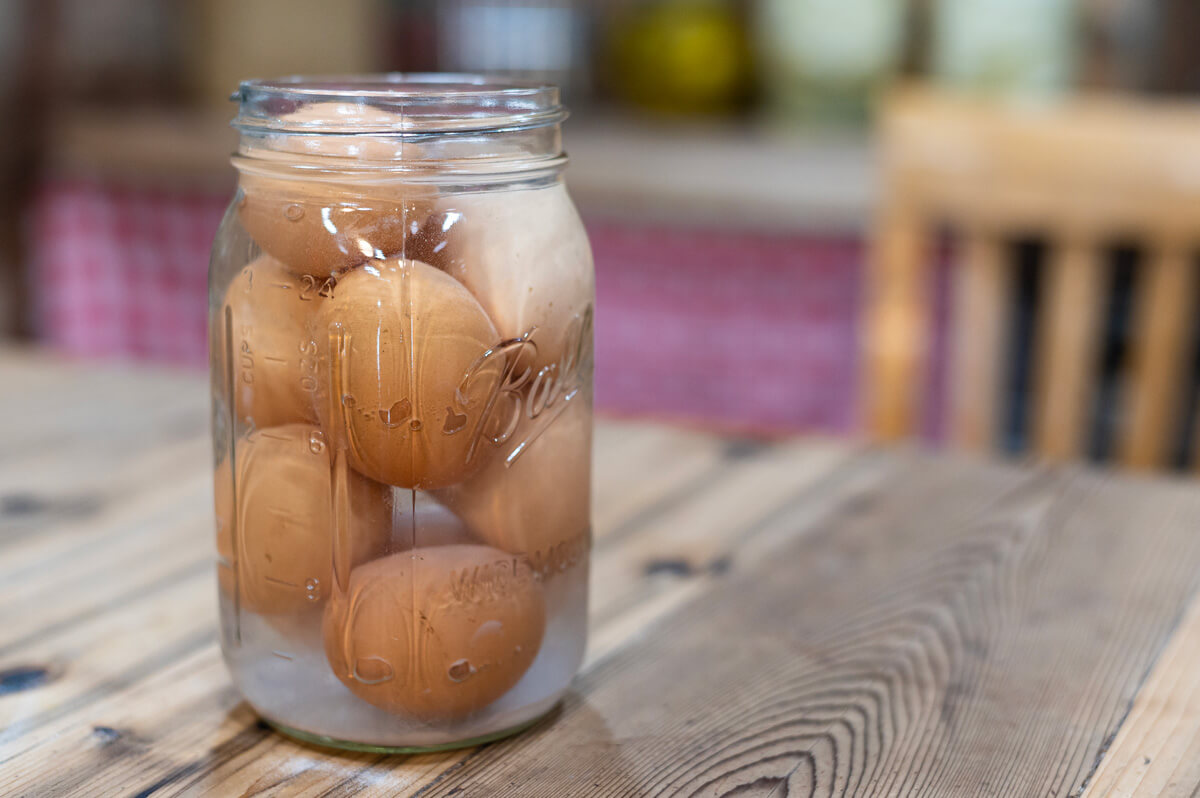
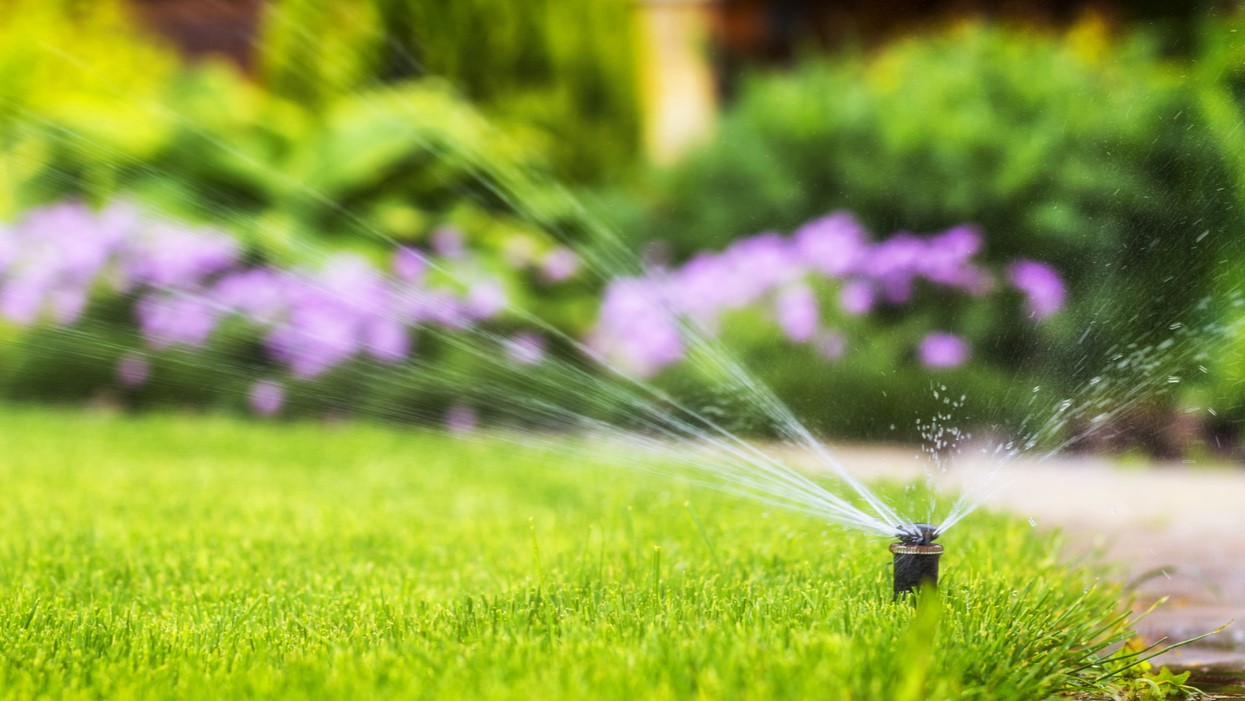

0 thoughts on “When A Cork Is Added To A Glass Of Water”